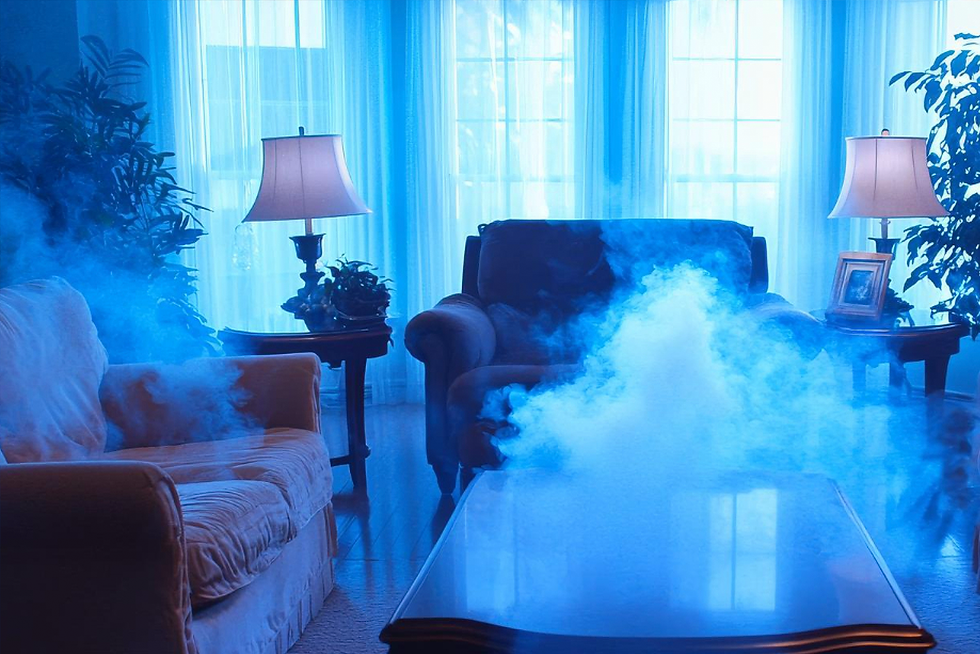2010 ASHRAE Ventilation Standard Brings Breath of Fresh Air to Industry
- Corey Provencal

- Jul 16, 2010
- 2 min read
ANSI/ASHRAE Standard 62.1-2010, Ventilation for Acceptable Indoor Air Quality, sets minimum ventilation rates and other requirements for commercial and institutional buildings.
“Since first being published in 1973, the standard has provided the basis for ventilation system design throughout the industry,” Roger Hedrick, committee chair, said. “The 2010 standard furthers ASHRAE’s work in ensuring acceptable indoor air quality, while also heeding the need for energy efficiency as we strive to find ways to help designers tailor ventilation system designs to each particular application.”
Among the changes to the 2010 standard are modifications to the Natural Ventilation Rate Procedure, which now requires most buildings designed to meet the natural ventilation requirements also include a mechanical ventilation system designed to meet the Ventilation Rate or IAQ procedures. The mechanical system is to be used when windows are closed due to extreme outdoor temperatures, noise and security concerns.
“Most buildings using natural ventilation in the United States are high-rise residential buildings that often have no form of outdoor air intake other than operable windows,” Hedrick said. “This results in buildings with inadequate ventilation, because occupants often leave the windows closed in order to run the air conditioning, keep out noise, etc. The committee felt it needed to strengthen the existing prescriptive requirements to ensure adequate ventilation and their corresponding IAQ benefits are available to occupants.”
Another change relocates requirements related to exhaust systems to a new section, clarifying that exhaust requirements apply to all buildings regardless of the procedure used to determine outdoor air intake flow rates.
The IAQ procedure, which allows for the calculation of the amount of outdoor air necessary to maintain the levels of indoor air contaminants below recommended levels, has been made more robust by increasing requirements for using the “similar building” design approach and clarifying other requirements.
“The standard now contains, in informative Appendix B, a table of volatile organic compounds that designers might want to consider as possible contaminants of concern,” Hedrick said. “To encourage designers to consider ‘additivity’ when applying the IAQ Procedure, some guidance from the American Conference of Governmental Industrial Hygienists has been included.”
The cost of Standard 62.1-2010, Ventilation for Acceptable Indoor Air Quality, is $69 ($59 ASHRAE members). To order, contact ASHRAE Customer Service at 1-800-527-4723 (United States and Canada) or 404-636-8400 (worldwide), fax 404-321-5478, or visit http://www.ashrae.org/bookstore.
ASHRAE, founded in 1894, is an international organization of some 50,000 persons. ASHRAE fulfills its mission of advancing heating, ventilation, air conditioning and refrigeration to serve humanity and promote a sustainable world through research, standards writing, publishing and continuing education.
John P. Lapotaire, CIEC Certified Indoor Environmental Consultant Microshield Environmental Services, LLC www.Microshield-ES.com www.CFL-IAQ.com









Comments